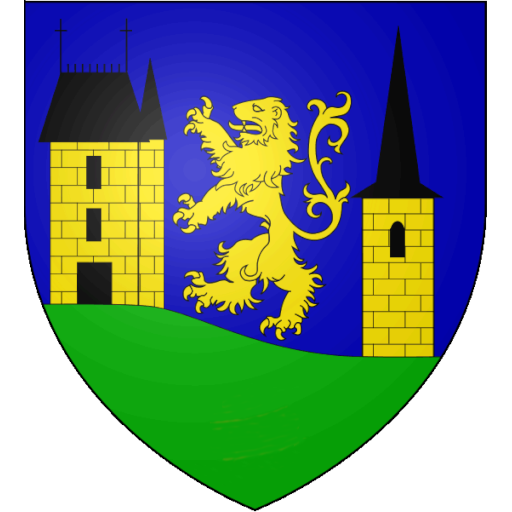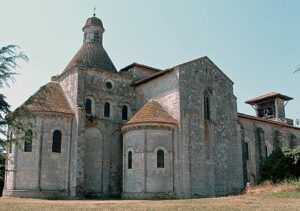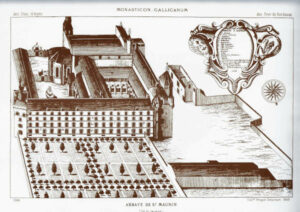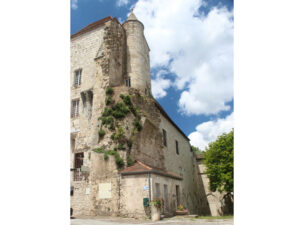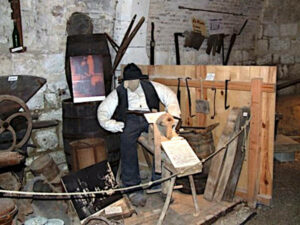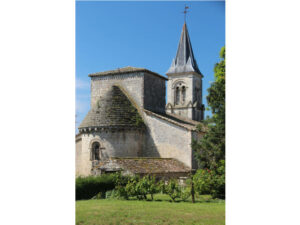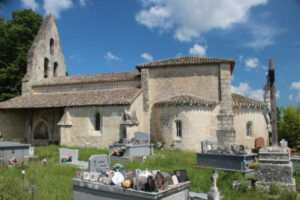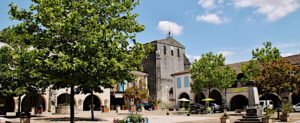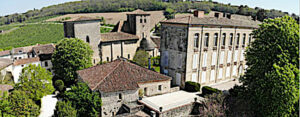Our news
Stay informed about what is happening in the organisation!
Moirax
A village that has existed since antiquity according to some archaeological evidence, Moirax was a stopover for pilgrims on their way to Santiago de Compostela during the Middle Ages. In the 11th century, in 1049, one of the first Cluniac abbeys was founded here.
It became the Cluniac priory of Sainte-Marie and its church is now dedicated to Notre-Dame de Moirax.
Bi-annual newsletter nr20 January 2020 Edition
Summary of the newsletter:
President's message
Summer events
Cluniac news
Feedback from walkers
Restoration work
Cluniac footpaths : new loops
The Maurist abbey
Visit the remains of the Abbey, free !
Discover the Abbey with the help of explicatory panels set up by the Amis de l'Abbaye de Saint-Maurin
Ethnographic Museum
The museum, created in 1983, is the result of the desire of the inhabitants of the village to talk about their childhood, to bear witness to the life of their parents and grandparents at the end of the 19th century until after the First World War, through objects.
Church of Saint Pierre es liens of Engayrac
The primitive construction seems to date back to the eleventh century. There remains from this period the choir covered with a dome on pendants and the apse in the bottom of the oven.
This parish church of Saint-Pierre es Liens d'Engayrac has the particularity of having a sanctuary that is narrower than the nave, consisting of an apse and a bay surmounted by a square tower (former bell tower).
Church of Saint Julien de la Serre
This charming chapel was founded by Hunaud de Gavarret, the second Cluniac abbot of Moissac. It was subsequently given to the Saint-Maurin abbey. The illustrious patronage of Moissac could explain the decoration in this otherwise modest chapel, above all its sculpted capitals.
It is one of St Maurin abbey’s oldest possessions.
Church of Saint Pierre del Pech
The origins of this church lie in the 11th century; abbot Laffont interpreted the Chi-Rho (see below) as the stone sign of the founder of the church, Hermann de Gavarrès.
The church originally consisted only of the sanctuary (triple chevet with a central tower), which forms the sole ancient part of this little church, according to G. Tholin. The foundations of the nave walls also date from the Middle Ages. The central tower is now lower than originally built.
Under the Ancien Régime, the parish, situated in the diocese of Cahors, came under the Benedictine abbey of Saint-Maurin.
The château of Combebonnet
The name of Combebonnet appears for the first time in a 13th century document in which the noble knight Jourdain de Combebonnet is cited in an arbitration award rendered in May 1255, in Mézin, following a war between Odon, viscount of Lomagne , and Guiralt, Count of Armagnac.
Built on the edge of a deep and cool valley, the Château de Combebonnet, seen from the east and south, has the fresh air with its superimposed terraces and corbelled watchtowers.
Castelsagrat
Located on the ancient Roman road known as “la Clermontoise”, which ran from Bordeaux to Lyon, the city of Castelsagrat had to undergo great invasions until the end of the Middle Ages. The discovery of a Visigothic tomb proves the occupation of the land in the 5th and 6th centuries by the Visigoths ...
Aubiac
In Aubiac, discover the romanesque church Ste Marie built in the 9th and 10th centuries, the castle (14th century) and the mills!
Bi-annual newsletter nr19 July 2019 Edition
Summary of the newletter:
The president's message
Summer events : Concerts & museum
Summer events : Historical trail competition
Summer events : Treasure hunts
Cluniac footpath (Chemin de Cluny)
Cluniac footpaths in the Pays de Serres : project
Cluniac chapel : St Julien de la Serre
